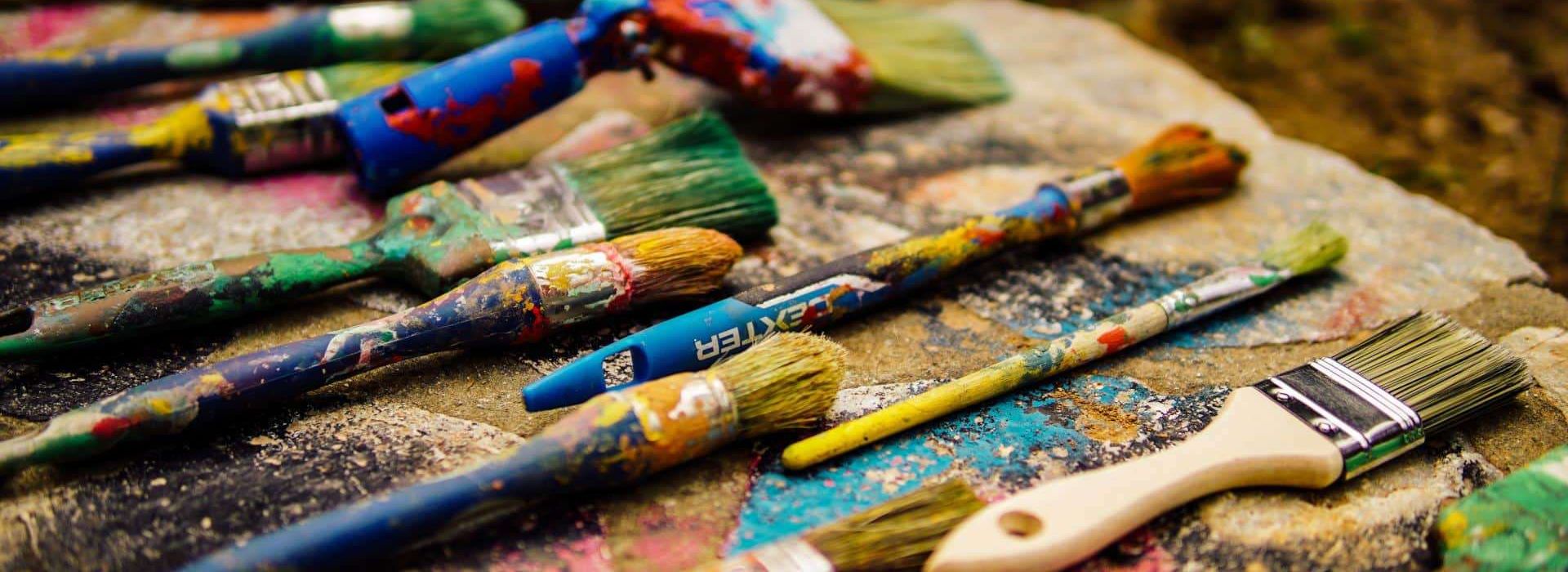How Art Therapy Helps to Heal the Wounds of Addiction

“What’s the one largest thing that you want your clients to take away from your group?” Sue asked me.
Sue was an art therapist whom I had hired to supervise my private practice. I had needed someone to sign off on my hours for my licensure, and I had sought her out, in part, because I felt I was not bringing my creativity into my work. I was an artist, and worked with so many clients who had connected with me because of our shared creative spirits. Art had healed so many of my old wounds, though I couldn’t quite articulate why. I wanted to put words to this, and to learn how to harness the power of art to help others to heal.
I took a deep breath, though I did not need to think long about my answer. “I want these women to remember that they weren’t alone. That the power of the community we had created would always be there to hold them. That there was a place they could safely be themselves.”
Sue smiled at me, then went over to her wall of supplies, shuffling through bins until she pulled out a role of wire and a bucket of cloth scraps. “I’d love to show you how to make a nest.”
I followed her lead as we manipulated the rigid wire into two bowl-shaped skeletons, one for each of us. From there we each dug through her cloth scrap bin, which was also filled with all sorts of other miscellaneous curiosities—those little things you may come across and have no use for but that speak to you nonetheless. There were feathers and beads, broken earrings and belt buckles, shells and bells and tassels. Little by little, we cut strips of cloth and ribbons and nets and weaved them into the wire, switching after each piece so that each was a collaboration, until they were transformed into colorful, eclectic nests. They were both soft and sturdy—holding mine I felt supported, held by the lessons this mentor of mine had bestowed upon me as I grew into my new role as a therapist. When my the support group I lead finished creating their own nests, each one a collaboration with the other members, they commented on how the process itself calmed them and helped them process the group’s ending, feeling as though they had a tangible representation of what they were continuing to carry: the support and care they had felt in the group from one another, a sense of being accepted in community just as they were, secrets and mistakes and warts and all.
In some ways it’s hard to understand the power of art therapy in early addiction treatment unless you’ve experienced it. When an addiction treatment center includes art therapy in their recovery curriculum, it gives clients the opportunity to process whatever feelings may be under the surface but inaccessible to the logical brain. In the case of the nest, our exercise helped solidify the positive experience of a community in recovery from trauma. It helped to rewrite all the stories that are all too common in those suffering from mental health and addiction: that carrying an addiction or trauma makes a person separate, gives them something to hide, creates distance and aloneness from the rest of the world. Art therapy not only helps a person to process their drug or alcohol addiction on a deeper level, it can also bring them into a deeper connection to one another, fostering a recovery community they will need as they continue to heal from their addiction.
Our addiction treatment center just outside of Boulder, Colorado is, in and of itself, an artistic collaboration of our staff, with paintings by both our lead therapist and by our director of operations, plants potted by our business development representative and walls painted by our executive director. We have even left a nook of the office for clients to contribute their own art therapy creations if they’d like. Having a treatment space that reflects the role creativity plays in the journey to recovery is something that makes our addiction recovery program unique.
As part of their addiction treatment program at Flatirons Recovery, clients not only participate in a weekly art therapy group, but are also invited to work individually with an art therapist who specializes in early addiction recovery, trauma, and the brain. As an addiction treatment center, we believe that recovery from drug and alcohol abuse goes beyond simply achieving sobriety; in order to truly recover, we consider it essential to both address the root cause of the addiction as well as to reconnect with the passion, creativity, connection, and joy that make a sober life so beautiful. Harnessing creativity in addiction treatment is a powerful way to do just that.

